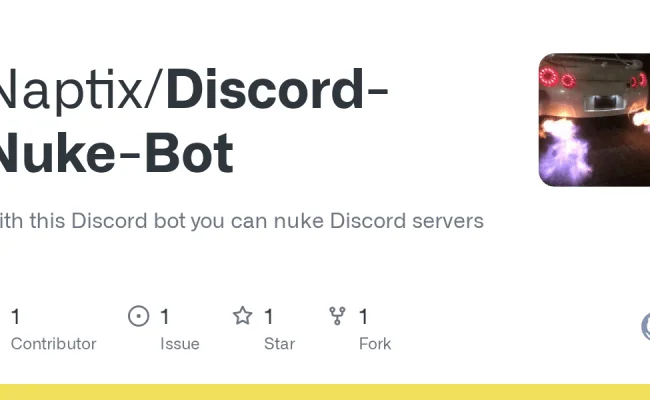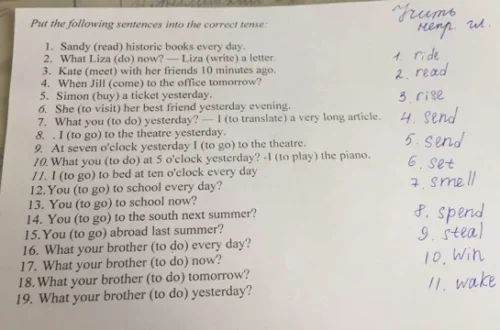Is Purge30 a nuke bot? First, let’s define terms. A nuke bot generally refers to a malicious or destructive bot that, when given permissions or exploited, can wipe out a server: deleting channels, banning members, deleting roles, removing emojis, spamming, and generally causing chaos. It’s a “server nuking” tool.
Typical features of a nuke bot include:
- .nuke or .purge commands that mass delete channels and roles
- Mass ban / kick commands
- Spam / flooding with messages or webhooks
- Delete emojis, webhooks, integrations
- Permission escalation or abuse
Some nuke bots are disguised as legitimate moderation bots or utilities so they can be invited into a server, then activated. Others are open source, shared among malicious users.
Because of their destructive nature, they’re widely considered malicious, and many security- or moderation-focused bots offer anti-nuke protection to guard servers.
So, when someone asks “Is Purge30 a nuke bot?”, we’re asking: does Purge30 behave like or include the functionality of a nuke bot?
What We Know (or Don’t Know) About “Purge30”
As of writing, there is no credible, well-documented source confirming that “Purge30” is a known nuke bot. A search of public code repositories, forum discussions, Discord bot listings, and security reports yields no clear evidence linking “Purge30” to typical nuke bot behavior.
Some possible explanations for the ambiguity:
- Alias / obfuscated name: “Purge30” may be a variant or fork of a known nuke bot under a different name.
- Limited scope usage: Maybe in certain circles (private servers, underground communities), Purge30 is used for destructive purposes, but it’s not publicly documented.
- False accusation or rumor: Sometimes people mistakenly label bots with “purge” in the name as “nuke bots,” even if they have benign purposes (e.g. purging spam).
- Lack of popularity / usage: If Purge30 is niche or rarely used, it might have escaped wider detection.
In summary: there is no strong proof that Purge30 is a nuke bot — but the possibility cannot be ruled out without deeper investigation.
How to Investigate Whether a Bot Is a Nuke Bot
To assess whether Purge30 (or any bot) is a nuke bot, you can use a structured approach:
1. Check its commands or source code
If you can view the bot’s command list (via .help or publicly shared docs), look for destructive commands:
.nuke,.purge,.banall,.deleteall,.spam,.webhookspam, etc.- Code that deletes channels / roles / webhooks / emojis
If the source code is public (on GitHub, GitLab, etc.), inspect it for mass-deletion logic or abuse of permissions.
2. Check permissions the bot requests
Bots requiring administrator, or manage channels / roles / webhooks / server settings permissions are suspicious, especially if the commands are minimal. A benign bot usually asks for limited permissions.
3. Search for community reports or security alerts
Search Discord moderation forums, security blogs, GitHub issues, or Reddit for reports: “Purge30 banned server,” “Purge30 nuke,” “Purge30 hack,” etc. If users report servers being “wiped” after inviting it, it raises red flags.
4. Test in a safe environment
Create a small test server or sandbox. Invite Purge30 with minimal permissions first. Monitor whether triggering commands leads to mass deletions or bans. (Do not risk a production server.)
5. Compare to known nuke bots
Look at known open-source nuke bots like “C-REAL,” “Stealth Nuker Bot,” and others. Compare features. For example, the GitHub repo “Nuking-Discord-Server-Bot / Nuke Bot” advertises a range of destructive commands including .deleteAllChannels, .banAll, .deleteAllRoles, etc. Also, Stealth Nuker Bot uses .nuke to “ban all members, delete all channels, delete all roles then delete all emojis” in its description.
If Purge30’s capabilities align with those, then suspicion rises.
Potential Signs That Purge30 Is a Nuke Bot
If indeed Purge30 has the characteristics of a nuke bot, here are the telltale signs you might find:
- A “purge” command that doesn’t just remove recent messages but wipes entire channels or role structures.
- Mass ban / kick options for all or many users.
- Channel / role deletion commands (delete all, remove categories).
- Spam / webhook creation flood built into the bot.
- Elevated permissions requirement (administrator, manage roles, manage webhooks).
- Reports or logs from communities showing servers being destroyed after adding Purge30.
- Obfuscation or private code, to make auditing harder.
If several of these align with Purge30, then it’s quite possible it’s malicious.
Potential Counterarguments / Reasons It Might Not Be a Nuke Bot
However, there are reasons to doubt that Purge30 is necessarily a nuke bot:
- “Purge” is a common term in moderation bots meaning “delete recent messages,” which is a benign function. So “Purge30” might just be a moderation bot that purges messages (e.g. 30 messages).
- No records or complaints: The absence of any traces in vigilance forums or bot reviews suggests it’s likely not widely used for destructive behavior.
- Limited access or safeguards: If built with safety checks or limited permissions, even destructive commands could be harmless or disabled by default.
- Misnaming / confusion: The name “Purge30” might get mixed up with “Purge,” “PurgeBot,” or “PurgeXD,” obscuring clarity.
So it’s entirely plausible Purge30 is just a standard moderation bot with a purge command, with no deeper destructive functions.
Best Practices & Safety If You Encounter Purge30
If you see or are considering using or investigating Purge30, follow these safety steps:
- Review permissions carefully
Only give it the minimal permissions necessary. Avoid giving it Administrator, or “Manage Roles / Channels / Webhooks” if possible. - Inspect the bot’s code / command list
If available, look at its commands. Avoid invoking commands you don’t understand (especially “purge all,” “nuke,” “delete all” etc.) - Use a test server first
Try it in an empty, low-risk server to see how it behaves. Monitor whether it tries to delete or ban things outside its stated functions. - Enable logging & backups
Ensure your server has logs (audit logs, moderation logs) and backups of roles/channels/permissions so you can recover if something goes wrong. - Check community reports / reviews
Search Discord moderation communities or bot listing sites to see if there are red flags. - Have an escape / kill switch
Maintain control: keep a safe role or user who can remove the bot or its permissions if it misbehaves.
Conclusion
To sum up: We currently have no definitive proof that Purge30 is a nuke bot. The absence of documented evidence in known security forums, bot listings, or open repositories suggests it is not widely known or confirmed for destructive actions.
That said, the name “Purge30” is suspiciously close to moderation/nuke bot naming conventions, and the only way to be confident is through investigation:
- Reviewing commands or code
- Checking permissions
- Testing safely
If you like, I can try to dig more deeply (Discord forums, source code leaks) to see whether Purge30 has ever been concretely flagged as a nuke bot.





